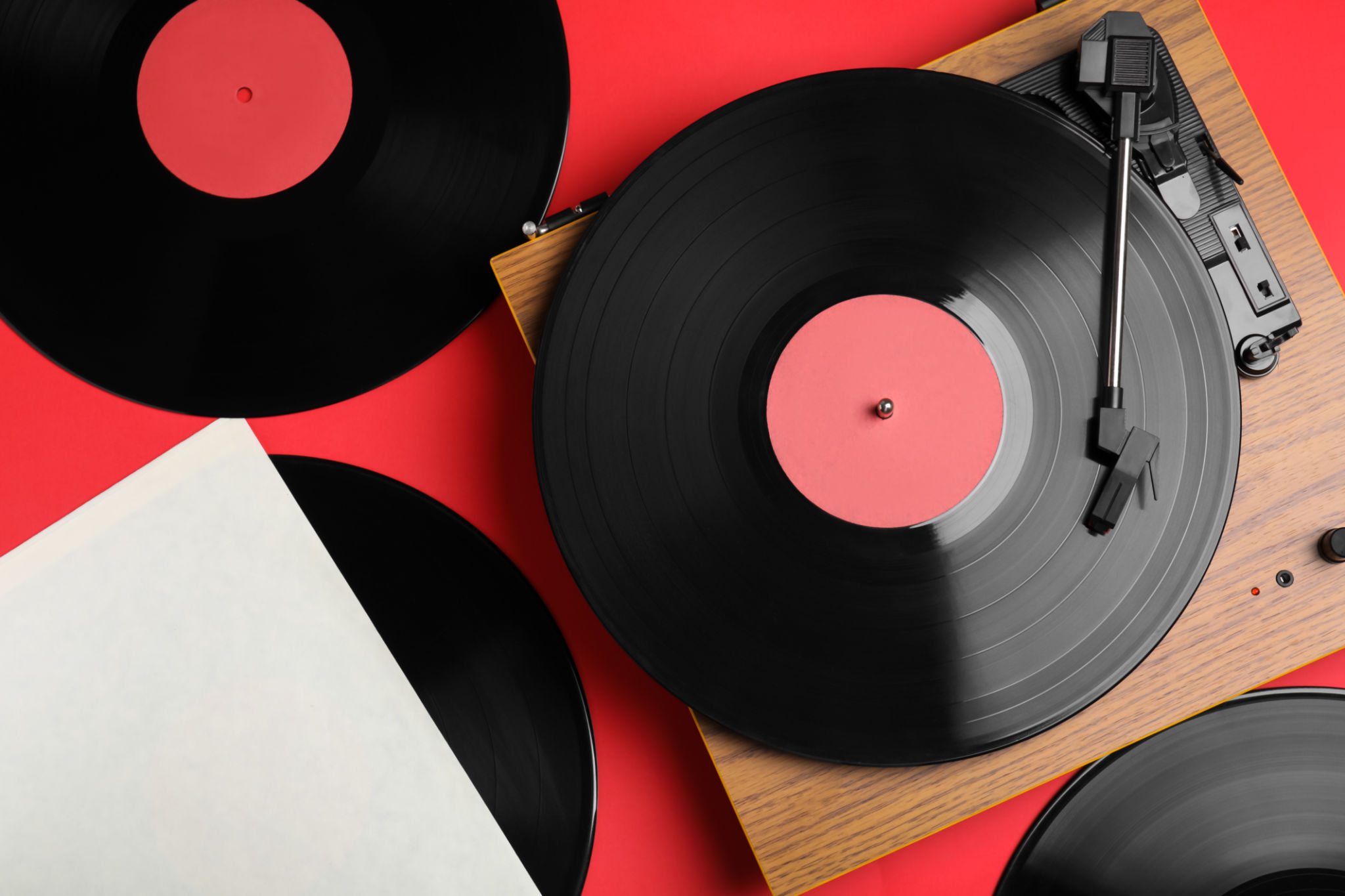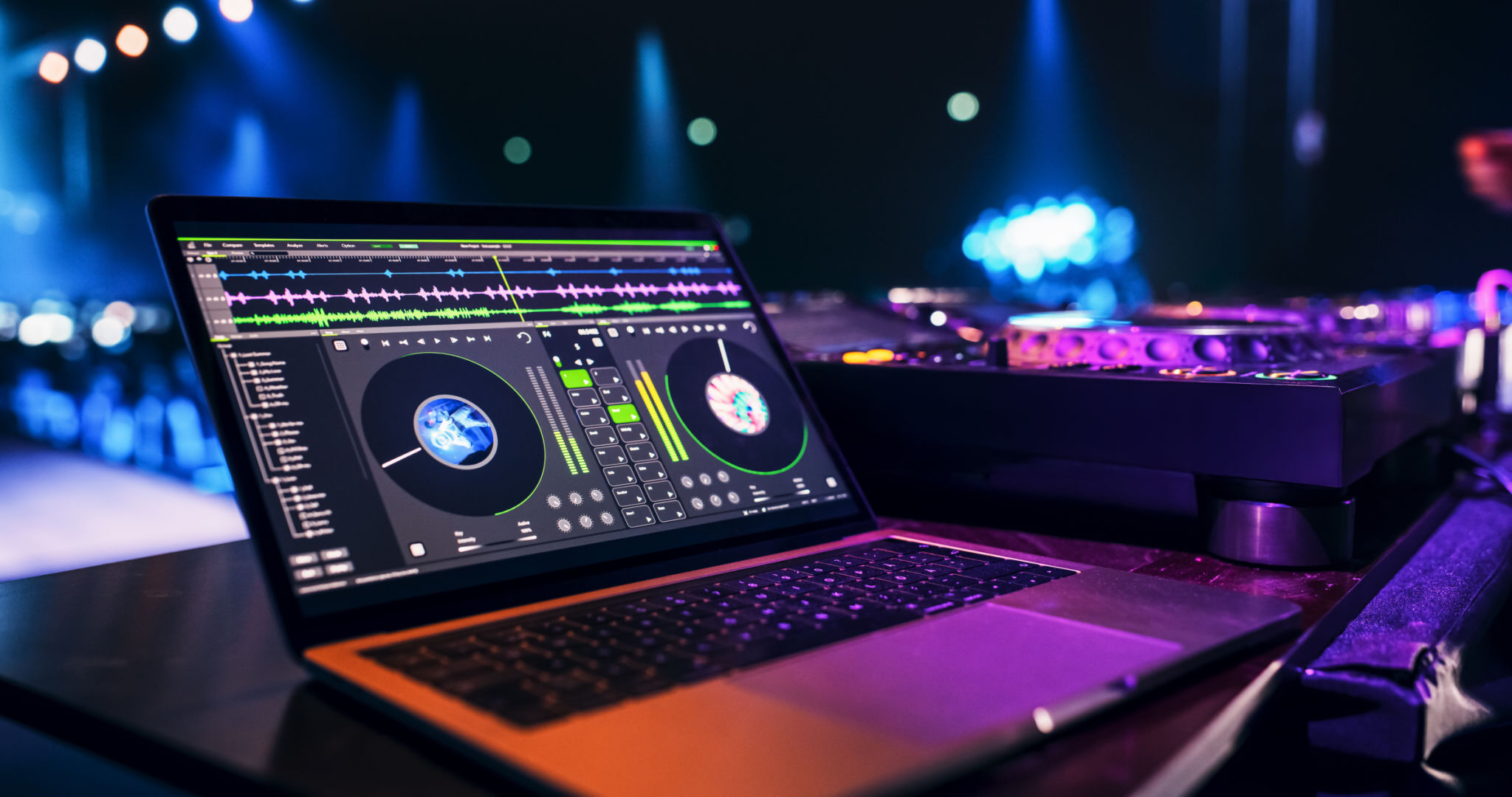DJ Training Essentials: From Vinyl Turntables to Pioneer CDJs
The Evolution of DJ Equipment
In the world of DJing, technology has played a pivotal role in transforming the craft from its analog roots to the digital powerhouse it is today. Understanding the evolution of DJ equipment is crucial for anyone aspiring to become a DJ. From vinyl turntables to Pioneer CDJs, each piece of equipment has its unique place in the history of music performance.

Vinyl Turntables: The Birth of DJ Culture
The journey begins with vinyl turntables, which have been synonymous with DJing since the early days of the craft. These marvelous machines allowed DJs to manipulate the playback of vinyl records, paving the way for techniques like scratching and beatmatching. Mastering the art of using turntables requires a deep understanding of pitch control and needle positioning.
Vinyl turntables offer a tangible connection with music, providing a tactile experience that many DJs still cherish today. Despite advancements in technology, vinyl remains a beloved format for purists who appreciate the authenticity and sound quality that it brings to their performances.
Transition to Digital: The Rise of CDJs
As technology advanced, so did the tools available to DJs. The introduction of CDJs marked a significant shift in DJing, offering enhanced capabilities such as looping, cue points, and digital effects. Pioneer, a leader in DJ technology, revolutionized the industry with their CDJ series, setting a new standard for digital DJing.

CDJs provided DJs with greater flexibility and convenience, allowing them to access vast libraries of music stored on CDs or USB drives. This was a game-changer for mobile DJs and club performers alike, reducing the need to carry crates of vinyl records while maintaining high-quality sound output.
Key Skills for Modern DJs
Whether you're using vinyl turntables or CDJs, certain skills remain essential for any aspiring DJ. These include:
- Beatmatching: The ability to synchronize the tempo of two tracks seamlessly.
- Mixing: Combining tracks smoothly to maintain flow and energy on the dance floor.
- Scratching: A technique often associated with vinyl but applicable to digital setups too.
- Cueing: Setting precise start points for tracks to ensure tight transitions.
The Role of Software in DJing
In recent years, software has become an integral part of the DJ setup. Programs like Serato DJ, Traktor, and Rekordbox offer powerful features that enhance creativity and efficiency. These applications allow DJs to prepare sets in advance, manage extensive music libraries, and integrate with hardware seamlessly.

Learning how to effectively use DJ software is crucial in today's landscape. It opens up possibilities for live remixing, sampling, and accessing a vast array of effects that can elevate any performance.
Choosing Your Path: Vinyl or Digital?
The decision between vinyl and digital is a personal one and depends on your preferences and goals as a DJ. Vinyl offers an authentic experience with its warm sound and hands-on approach, while digital platforms provide versatility and ease of use. Many modern DJs choose to incorporate both into their setups, enjoying the best of both worlds.
Ultimately, becoming a successful DJ requires dedication, practice, and a passion for music. Whether you start with vinyl turntables or Pioneer CDJs, mastering the fundamentals will set you on the path to creating unforgettable experiences on the dance floor.